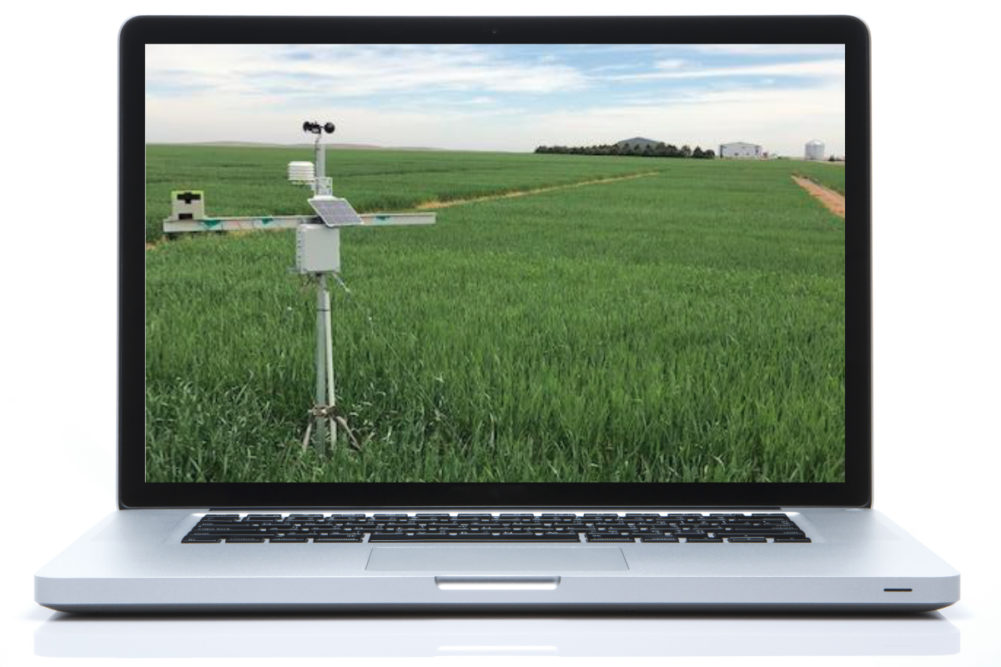FORT COLLINS, COLORADO, US — Day 2 of the HRW Virtual Wheat Tour featured a snapshot of the 2020 Colorado wheat crop.
Brad Erker, executive director of Colorado Wheat, presented data collected by his team in mid-May in the southeast, east-central and northeast districts of Colorado.
Drought issues have plagued parts of Colorado’s growing areas, with some areas of southeast Colorado falling into D2 and D3 categorizations on the Drought Monitor. Precipitation shortages have affected the crop from planting, Erker said, displaying a graph of steadily declining overall crop condition ratings since March 22. However, all regions featured at least some wheat in good condition, he said.
Southeast Colorado has about 275,000 acres planted to winter wheat, the majority in Prowers and Baca counties in the southeast corner abutting Kansas. Anecdotal abandonment conversations with growers in that district indicate 25% of the crop could be scrapped, which would lower that acreage to about 205,000 acres. Current estimates are for 15 bus per acre (bpa) on the fields that are kept for an expected 3.2 million bus.
East-central Colorado features far more wheat fields, about 1.25 million acres worth, the majority in Kiowa, Cheyenne, Kit Carson and Washington counties near the Kansas border. Abandonment is a factor here, too, but tough to peg at this point, Erker said. The Colorado Wheat team was able to collect tiller counts in this district, resulting in an average bpa of 42.3. The highest estimate, 57 bpa, was in Yuma County, the lowest, 20 bpa, was in Kit Carson County. Colorado Wheat’s weighted estimate for the district was 34.4 bpa, which would produce 39.7 million bushels.
Northeast Colorado abandonment estimates ranged from 2% to 10%, averaging 4% districtwide, which would result in 280,000 harvested acres. Tiller counts here indicated an average estimate of 53.9 bpa. Sedgwick County, Colorado, US, in the northeast corner where there were no drought issues, showed potential for 77 bpa. Colorado Wheat’s weighted average was 37 bpa for an expected 10.4 million bushel average. Of note in the region was heavy emergence of adult wheat stem sawfly at a test plot in Morgan County.
“Wheat stem sawfly’s been a big factor in reducing acreage of wheat in Colorado as growers try to plant other crops, and causing yield losses in the crop due to the flattened field that the wheat stem sawfly causes,” Erker said.
Colorado Wheat’s estimate on May 19 for those three districts was 53.4 million bushels. Added to a potential 800,000 bushels from northwest and southwest Colorado, the statewide estimate was 54.2 million bushels.
The Colorado crop remains slightly behind the normal pace of development with winter wheat 77% jointed versus 88% as the average for the date, Erker said, but forecasted dry weather should allow the crop to catch up quickly.
Erker’s presentation was part of the HRW Virtual Wheat Tour, a collaboration between Kansas Wheat, K-State Extension and industry partners in the absence of the Wheat Quality Council’s Hard Winter Wheat Tour, which was canceled March 31 due to the coronavirus pandemic.






